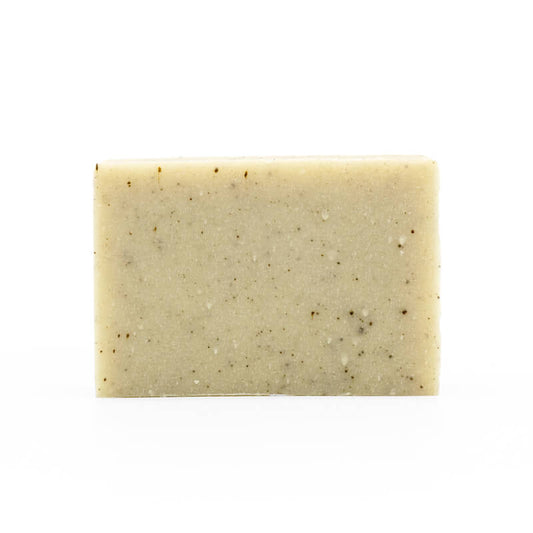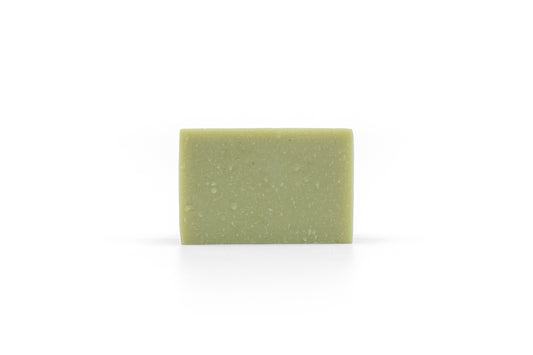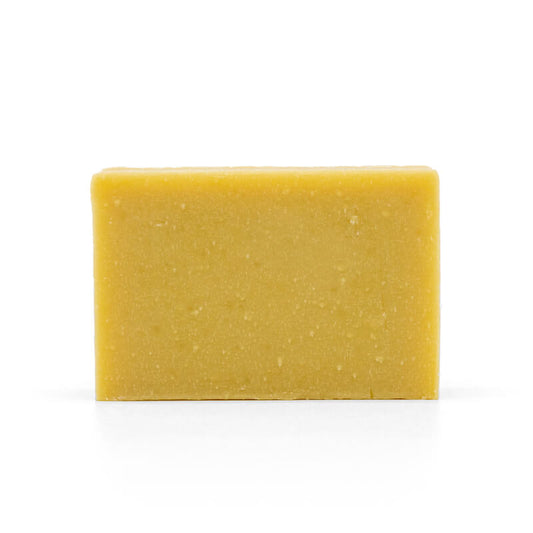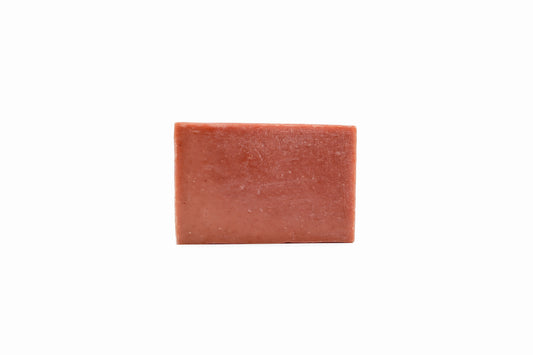Citron Essential Oil

Overshadowed by its more popular relatives like lemons and oranges, citron has a unique flavour and fragrance that has captivated numerous cultures. Whether used in culinary creations, perfumes, or traditional remedies, citron remains a versatile member of the citrus family which has found a new home in the naturally accented handmade bar soaps from Beaverton’s.

Ripe citron fruit ; Image: Wikipedia/Johann Werfring
Citron (Citrus medica) is a large, fragrant fruit that is closely related to lemons but distinct in both appearance and flavour. It has a thick, yellow skin that is somewhat rough and bumpy, and it can grow up to 20 centimetres in size. Unlike other citrus fruits, the flesh of the citron is relatively sparse and not as juicy. It has large tough seeds and a tart taste that is less intense than that of lemons. The most notable part of the fruit is its peel, which is aromatic and often used in cooking.

A sliced citron showing its thick fragrant peel ; Image: CondimentClaire
The citron fruit is thought to have originated in Southeast Asia, before being introduced to the Mediterranean region around 2000 BCE where it quickly became valued for both its unique flavour and aromatic peel. In ancient times, citron was considered a symbol of fertility and was often mentioned in Greek and Roman texts. The fruit was important in certain religious rituals, and it was used as a decorative item in temples and shrines. During the Middle Ages citron spread throughout Europe, where it was cultivated in monasteries and used for medicinal purposes. The fruit's peel also became popular in European cuisine, especially as a component of sweeter dishes. Today, citron continues to be cultivated in various parts of the world, including the Mediterranean, India, and the Levant.

Examples of different citron subspecies ; Image: Beat of Sicily Magazine
Primarily grown in regions with a warm climate, citron thrives in well drained sandy soils. The citron tree is hardy and can grow up to 5 meters tall, and the fruit is harvested in late fall to early winter when its peel is fully ripened. Citron peel is commonly candied, used to make marmalade, or incorporated into liqueurs. In Middle Eastern and Mediterranean dishes, citron peel is sometimes added to salads, stews, and pickles. The fruit’s juice, although less commonly used due to its sourness and scarcity, is occasionally used in beverages.

A "fingered" citron being diced for use in cooking ; Image: Painless Cooking
Citron essential oil is derived from the peel of the citron fruit and contains a variety of chemical constituents that contribute to its distinct aroma. The primary components of citron oil include monoterpenes such as limonene, which gives the oil its bright citrusy scent, and gamma-terpinene, known for its uplifting qualities. Other notable compounds include citronellal, which imparts a mild lemon-like fragrance with a hint of sweetness, and α-pinene, which provides a fresh piney note. Citron essential oil also contains trace amounts of aldehydes, ketones, and alcohols, which contribute to its complex scent profile. In perfumery, citron essential oil is a well loved ingredient valued for its refreshing and citrusy top notes.

A green Corsican citron fruit ; Image: Wikipedia/CitriCulture
Rich in antioxidants and essential oils, citron helps to invigorate and revitalize the skin while promoting a sense of freshness. Its uplifting aroma provides a sensory boost, making it a favourite addition to Beaverton’s naturally derived handmade soaps. By including citron into skincare routines, one can enjoy its revitalizing benefits and embrace a time honoured ingredient known for its versatility and refreshing qualities.







